Share This Article:
Return to Silver Screen Central Home page

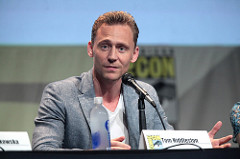
Tom Hiddleston is the main reason I Saw the Light
C+Watching the new Hank Williams biography, I Saw the Light, is like listening to an album of Williams’ greatest hits. In part, that’s because Tom Hiddleston, who plays Williams, performs many of Williams’ best known tunes in a voice remarkably similar to the country singer’s. But when Hiddleston isn’t singing, many of the remaining scenes in I Saw the Light depict the troubled Williams’ drinking, drug problems, and womanizing with no more depth than what’s contained in a typical melancholy country lyric.
The movie follows Williams’ career from his marriage to his first wife Audrey (Elizabeth Olsen) in 1944 to his death at age 29 on New Year’s Day in 1953. As he graduates from club dates and a morning radio show to big time recording contracts, Williams’ drinking escalates and he becomes increasingly difficult to work with. Eventually, Audrey divorces him and he carries on affairs with two different women, fathering a child by one and marrying the other. By the time of his death, the Grand Ole Opry had dropped him because of his erratic behavior, and he was again reduced to secondary bookings.
Even though he’s onscreen for almost every scene in I Saw the Light and often acts like a complete jerk to those closest to him, the character of Hank Williams remains elusively beyond the reach of the somewhat inexperienced writer/director Marc Abraham. The audience sees Williams’ often bizarre behavior, but the only explanation, beyond the obvious alcohol and pain killers he took to excess due to a painful spinal condition, comes in an interview he gives to a New York newspaper writer (David Krumholtz). There, he opines “Everybody has a little darkness in them.” Although the audience won’t get any answers about the inner Williams, they will understand how he became so popular. Hiddleston captures not just the voice but the mannerisms and performing style that made audiences love Williams and women very willing to go to bed with him. Olsen is also quite good as Audrey, sometimes supportive and sometimes quite vindictive. Ironically, I Saw the Light does a better job of explaining Audrey’s motivations (she was a mediocre singer who wanted his help to boost her career) than Hank’s. I Saw the Light is worth seeing for the performances and the music, but the movie fails to shed any real light on the troubled life or career of Hank Williams.
Continue reading on I Saw the Light: Mini-review

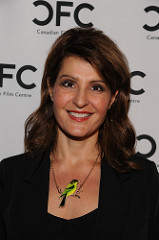

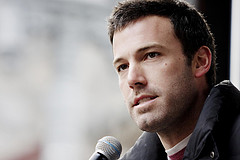

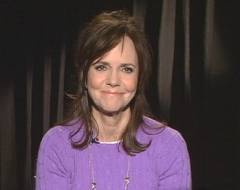



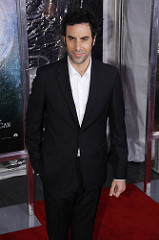

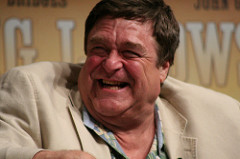

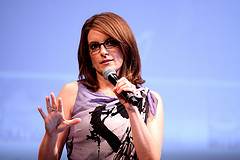

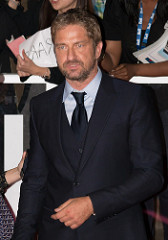

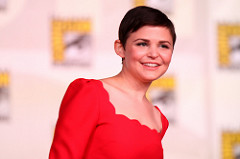


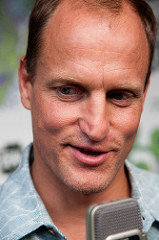
Recent Comments